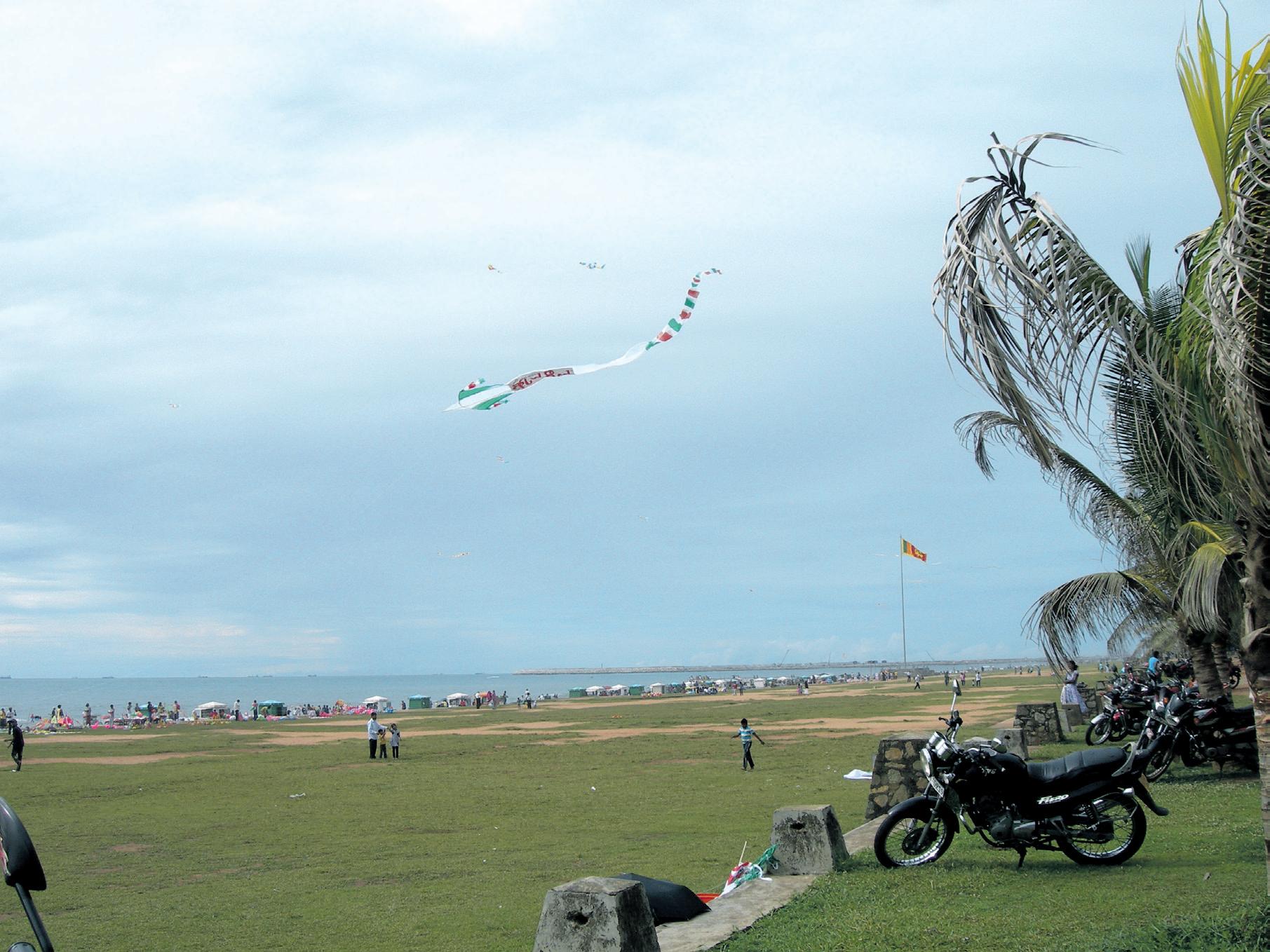
2 minute read
The charisma of Colombo
from 2012-02 Sydney (2)
by Indian Link
This unique cricket friendly and frenzied city has several attractions to inspire visitors
There are many hotels in Colombo, but this is usually where the cricketers stay,” says the chirpy bellboy while ushering me to my room at the Taj Samudra Hotel in Colombo, the capital city of Sri Lanka. Such cricketing effervescence from a young man is nothing unusual in a country where cricket is revered with such intensity rarely to be experienced elsewhere in the world.
Cricket frenzy
Though the game is religiously venerated in every corner of this Indian Ocean Island, Colombo aptly brags to be the epicenter of the nation’s cricketing energy. Here people think of cricket even in their sleep.
Home to around 660,000 people, this cosmopolitan city boasts of several venues from large arenas to backyard patches where cricket is played with passion, irrespective of whether of it’s a Test match or friendly club game; however the R Premadasa Stadium is the jewel in the crown. The 35,000 capacity modern stadium which currently hosts international matches, went through massive modernization prior to staging last year’s World Cup matches.
“That’s where we thrashed England and New Zealand to get into the finals,” says Lalit, a budding cricketer I come across while sipping coffee at the legendary Cricket Club Café. The meeting place for the city’s cricket fraternity, this Colombo institution is filled with cricketing memorabilia and is recognized as the only restaurant in the world dedicated to cricket.
“When Sri Lanka plays, the excitement here is nothing less than inside Premadasa Stadium,” comments Lalit, and I have no difficulty sensing that after talking to him and some of his cricket frenzied friends.
Charming cityscape
It’s a pity that I am in town when no major cricket match is on, so I switch over to sample some of the city’s other attractions that generally fill in the days for first time visitors like me.
Overlooking the Indian Ocean and stretching for almost 14 km along Sri Lanka’s western shoreline, Colombo grew over centuries from an ancient maritime settlement into a modern metropolis that has a character of its own, borrowed quintessentially from its early settlers – the Arabs, Portuguese, Dutch and the British.

As the international gateway to a land full of natural splendors and archaeological treasures, the cityscape is sprinkled with historical monuments, imposing pagodas, temples and churches, vibrant markets, old and new shopping malls, gleaming hotels, trendy restaurants and fascinating people whose friendliness impresses visitors the most.
In front of the Taj Samudra is the legendary Galle Face Green, a long stretch of greenery edging the sea. At one end is the 1864-built Galle Face Hotel which has many stories to tell of a bygone era, while at the other stands the Neo Baroque styled Old Parliament House in front of which lie some idle cannons as leftovers from the Dutch. The 2km patch is a popular spot for joggers in the morning, kite flyers in the afternoon and food vendors in the evening, who serve Sri Lankan delicacies such as kotthu rotti, string hoppers and deviled chicken to locals and gastronomically adventurous tourists.
Colonial legacy
Colombo’s colonial heritage is momentous. The Europeans arrived as spice traders, but soon diverted their interest into territory. The Portuguese landed first in the followed by the Dutch a century later who began growing cinnamon in the area, which is now a wealthy Colombo suburb called Cinnamon Gardens. The British ended 140 years of Dutch dominance, made Sri Lanka (then called Ceylon) a crown colony, proclaimed Colombo its capital and turned the seaside town into a city. Colonial rule ended in 1948 when Sri Lanka achieved independence. Though the Europeans are gone, some of their memoirs such as the Dutch Period Museum, Town Hall, National Museum, imposing buildings in the Fort and Cinnamon Garden areas, and old churches still charm visitors. Colombo’s business district is called the Fort which, during the European era, was indeed a fortified quarter. Originally developed by the Portuguese, it was later massively expanded by the











